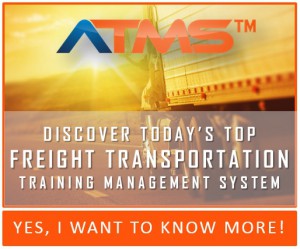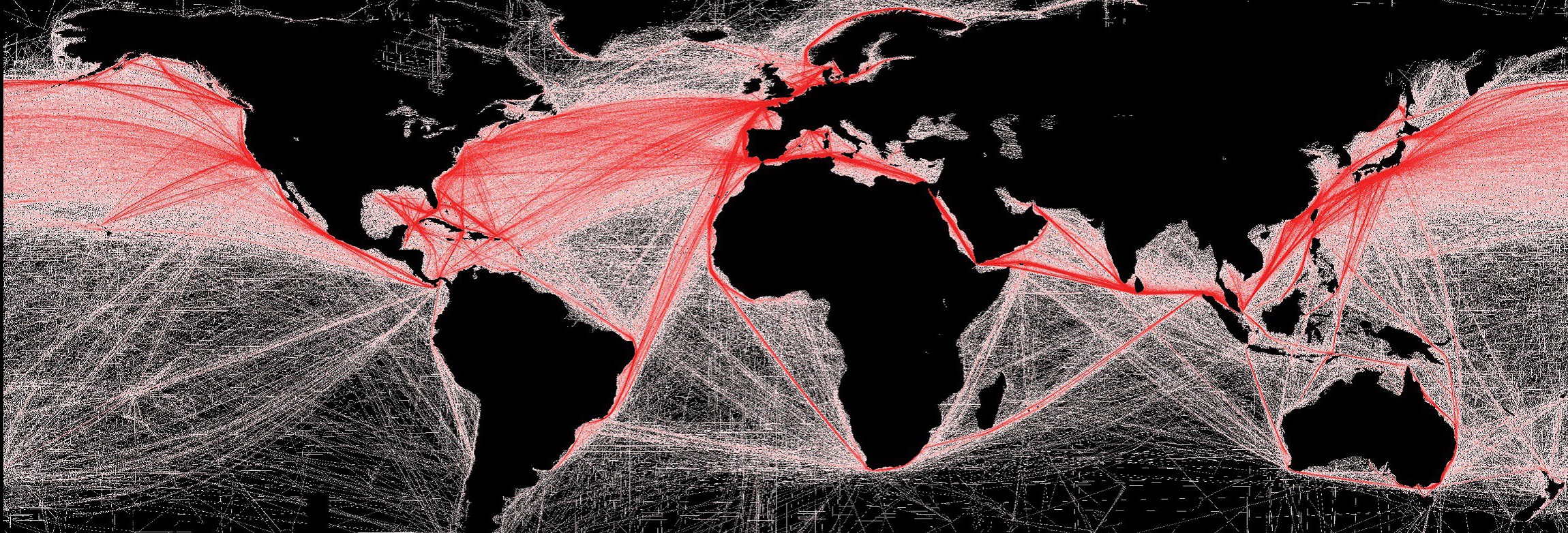Modernizing Training Technologies
- By -
- Freight Trucking, Hazardous Materials, Latest News, Railroad, Regulatory Compliance
- freight transportation training systems, hazmat training systems for freight forwarders, lms systems for freight transportation, training for freight transportation companies, training scheduling systems, training systems for freight trucking companies
We live in a high tech fast paced world, obvious enough observation, right? Our lives are filled with modern amenities and conveniences all in an effort to make our lives more productive. We manage our bank accounts online so we don’t have to use those pesky checkbooks and download airline boarding passes on our smart phones.
The less paper the better. Most of us cannot imagine our lives without these helpful creature comforts. However, in the most complex regulatory environments modernizing training and recordkeeping is still lagging behind the rest of the world in many ways. The question remains, why shouldn’t these environments share in the same type of advanced technologies?
Organizations complying with various training and recordkeeping practices outlined in the CFR’s and FAR’s know there is no specific requirement regarding how training must be delivered or how records must be maintained. Since this is the case, most companies continue in the ways they are most comfortable or “how it has always been done”. Typically that translates into training issued through PowerPoint presentations or Word documents usually followed up with paper issued tests and paper generated certificates. These documents generally end up being stored somewhere in a sea of filing cabinets. When you stop and think about the time, effort and resources required for management of training and recordkeeping it is quite clear the result is neither productive nor convenient. Companies, large and small, tend to rationalize these methods as working just fine – there are no violations or fines to speak of – yet. There does seem to be a surge of Learning Management Systems (LMS) cropping up offering fast start up and ease of access. While this is a definite advancement in training delivery the back end management of recordkeeping, automatic recurrent training and a comprehensive view of a trainee is not the ultimate goal of these systems. When we zero in on many organizations whether it be freight forwarders, third party logistics companies, air cargo or courier companies we see a mishmash of methods of training delivery and recordkeeping which again has us asking questions – Is a combination of an LMS and other training methods really efficient, effective and modern enough for the world we live in now? What is the answer then?
AQT Solutions’ Advanced Training Management System (ATMS) offers the most cohesive method of training delivery and trainee record management with a built-in LMS (Learning Management System). A recordkeeping and training building system with the convenience of a built in LMS. Build training within the system in any form from classroom to e-Learning. That means all of your training curriculums spanning your entire organization can be maintained in a central location. All of your trainees are housed in the same system and issued training automatically via notifications through email or through an online portal. No excuse for someone being unaware of their next training event. Results of each training event are stored in a trainee’s history and upon completion recurrent training can be issued automatically. Reports offering a variety of data on trainee completion, qualification and currency status and an easy to use schedule are standard features. One system, that effectively manages all of your organizations training and recordkeeping. The system is a significantly more modern and advanced approach to managing training and recordkeeping. Although this remains a relatively new concept, it is time for organizations in the regulatory environment to think beyond their old methods and ways and take advantage of the modern and efficient technologies that can propel them into the future of training management.















